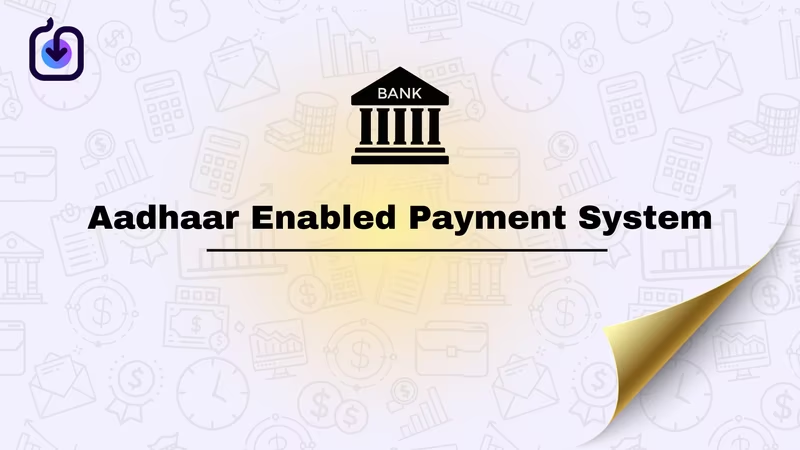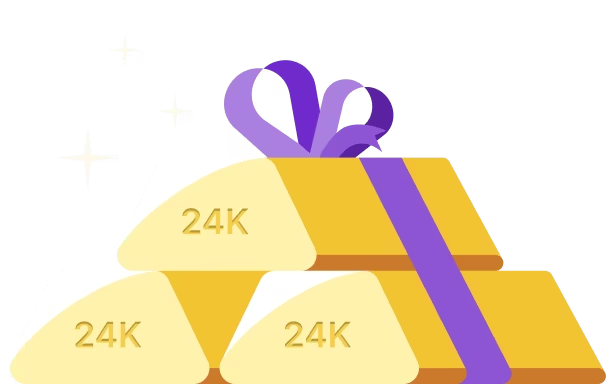The AEPS full form is Aadhaar Enabled Payment System. It is a digital banking service developed by the National Payments Corporation of India (NPCI) that enables customers to conduct basic banking transactions using their Aadhaar number and biometric verification.
This system supports India's goal of financial inclusion by making banking services accessible to people even in remote or rural areas.
How Does AEPS Work?
AEPS enables users to perform simple banking tasks such as balance inquiry, deposit, fund transfer and AEPS cash withdrawal using their Aadhaar-linked bank account.
Instead of using debit or credit cards, customers only need to provide their Aadhaar number and fingerprint or iris scan for authentication.
Transactions are carried out through micro ATMs or business correspondents who act as representatives of banks. This makes the process safe and convenient for those without internet or smartphone access.
Consider a small shopkeeper in a rural village who wants to withdraw ₹1,500 from his bank account. Instead of visiting a distant bank branch, he can visit a nearby micro ATM, provide his Aadhaar number, select his bank and confirm the transaction through biometric verification. The withdrawal is completed instantly; no card or PIN required.
AEPS in Banking and Financial Inclusion
The AEPS in banking represents a system designed to connect technology with essential financial services. It bridges the gap between digital finance and traditional banking, ensuring that every Indian citizen can securely access money anytime, anywhere.
AEPS also supports direct transfers for government subsidies, pensions and welfare schemes. This reduces the need for intermediaries.
How to Start Using AEPS?
To begin, one must first complete AEPS registration by linking their Aadhaar number with their bank account. Once registered, users can withdraw cash, check balances or make deposits at any AEPS-enabled outlet across India.
AEPS has simplified banking for millions and has strengthened India’s digital payment infrastructure.










